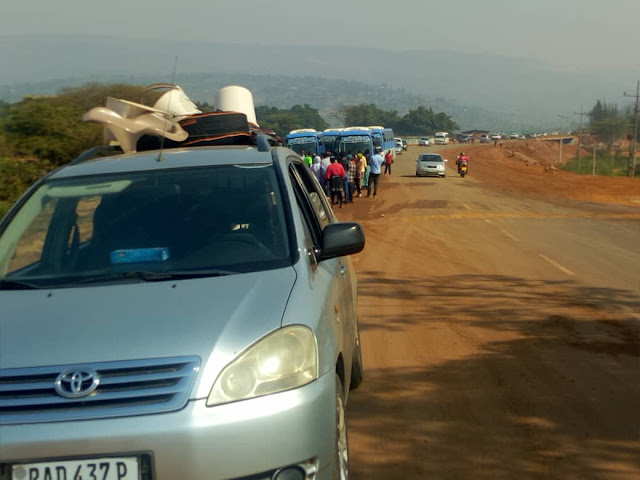We've been working with Olivier Nteziryayo at Fablab Rwanda to try to 3D print piano action parts. Olivier has very kindly given his time and effort to exploring locally-sourced piano part alternatives, which are essential for building pianos here in the future. The last set of parts we ordered from America took four months to arrive by post and cost more to ship than the parts were worth. That's why it's so important for us to get creative.
He printed this damper lever from PLA plastic, but it is not strong enough for purpose. An interesting experiment, though. With 3D printing you get the accuracy, but not the strength. With handmade carpentry, you get the strength, but not always the accuracy. It also takes around 30 minutes to print a single part.
We're pausing for a moment as Fablab is moving location, but once the machines are back up and running we're going to continue. We also have a design change we'd like to try in order to see if we can replace centrepins. These regularly fall out of old pianos and they're difficult to source because you can only buy them in bulk and there are many sizes. If you buy the wrong size, it's another four months before the next fit arrives. The post is really our nemesis, especially with the lack of people travelling internationally at the moment.
We'll keep you updated.






















